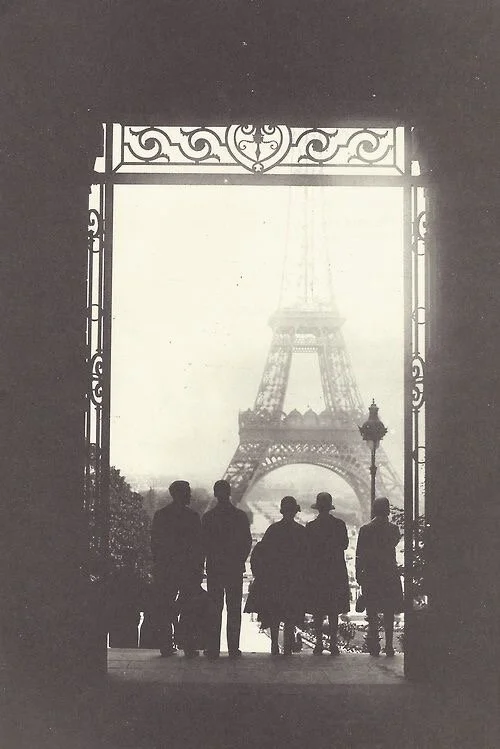Fashion in 1920s Paris
When we think of iconic fashion decades, the roaring 20s is undeniably one of the first periods my mind eagerly races to. Along with pivotal political turning points, social justice waves, and literal regime changes, the international fashion scene completely changed following the First World War. Specifically, Paris in the 20s, the time of the Lost Generation, was consumed with new, daring trends- trends that were not coincidentally in tune with the coexisting societal changes.
Following WWI and the international women’s suffrage movement, women became more active members of society; many women helped with war efforts. And although at the time Paris was known as the fashion capital of the world for luxurious clothing, it proved to be more than that: it was also the birthplace of the fashion movement to modernity and non-conformity.
The end of the war signalled a time for egalitarianism in France. Soldiers returned from battling, aching for a society more democratic and just. This desire extended to equality between the sexes. Madeleine Ginsburg, author of Paris Fashions: The Art Deco Style of the 1920s, explains that “by mid-decade, in fashion terms, the ideal new woman was a tomboy, a garcon, young, slim, athletic, short-haired and short-skirted, almost androgynous in appearance; a friend and an equal rather than a passive dependent.”
Before this movement towards the sensible and unconventional, womenswear was marked by modesty and practicality. At the turn of the century, floor-length, long-sleeved, and high-necked dresses dominated all fashion “trends.” There was scarcely room for self-expression or boldness in dress styles. To put things into perspective, before the 20s, the only changes women’s dresses had were made for practicality. Likewise, the slight differences in hemlines were solely for the purpose of work. Regardless, these changes were still significant; they signalled a more active role for women in society.
Paris in the 20s saw a rise in the urban middle class. More women were allowed to join their male counterparts in factories, and as such, women began borrowing garments from menswear to fit in better in the work-space dynamic.
Slowly, the lines between menswear and womenswear began to be more blurred outside of factories as well. Females could be seen in the streets wearing trousers, collared shirts, and blazers. At the turn of the century, the traditional styles were overshadowed by the egalitarian-inspired “unisex” clothing wave. It became fashionable for women to wear their hair extremely short, just as men would; this is why many associate the 20s with bob-cuts.
As everyone knows, the 20s were also marked by another fashion movement. Flapper fashion. Seems weird to be writing a piece on Paris in the 20s without mentioning the Gatsby-style dresses and flashy headbands, right?
Although the eye-catching short dresses seem to be the embodiment of glamour and ritziness to us now, at the time, these pieces were a strong political stance. The idea of showing more skin was a response to the existing social norms. While we might look back at the flapper style as an ode to Parisian nightlife, the playfulness of these looks was daring and powerful; it had simply never been done before. The 20s, in this way, were a sexual evolution. Women dared to explore their freedom- fashion was on the frontier of helping society move in the direction of equality.
The young, bold, and less conventional woman was not necessarily born out of the 20s. She had existed all along; the movements of the 20s simply helped give her a voice. And fashion served as an ideal facilitator for this cultural evolution.
https://www.discoverwalks.com/blog/paris/how-1920s-parisian-fashion-influenced-our-society/
https://uramericansinparis.wordpress.com/2010/11/17/paris-in-the-1920s-changes-in-society-lead-to-changes-in-fashion/
https://glamourdaze.com/2017/08/1920s-fashion-modes-from-paris-1928.html


